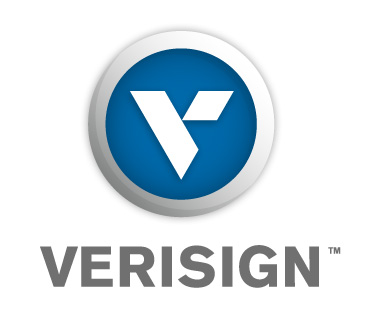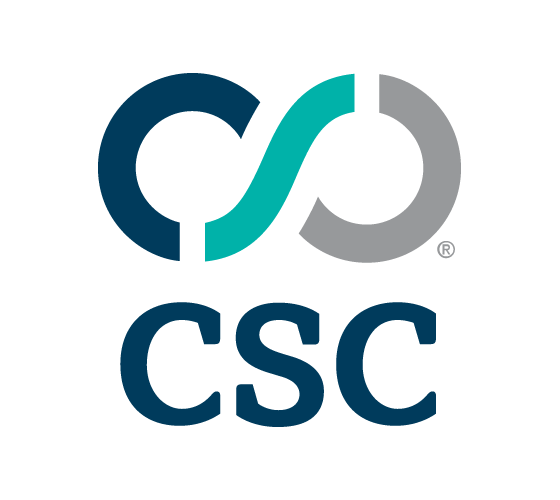


|
||
|
||
The introduction of GDPR in 2018, and the subsequent tightening of privacy regulations around the world, was a necessary step toward protecting user data. Consumers gained critical rights over their personal information, and companies were forced to adopt stronger standards for how they collect, store, and use that data.
However, one unintended consequence has been the erosion of access to domain registration information once easily available through WHOIS databases.
Today, legitimate actors tasked with brand protection, cybersecurity, and intellectual property enforcement face increasing difficulty in verifying domain ownership, tracking abusive registrations, and responding quickly to threats. As the internet becomes more privacy-centric, the systems designed to establish trust and transparency online are struggling to keep up.
The need to protect personal information is indisputable—but so is the need to protect businesses, consumers, and the digital economy itself. It is time to rethink how we manage domain verification in a way that respects privacy while still enabling accountability, brand protection, and public safety.
The WHOIS system was originally built to allow anyone to look up basic information about who owns a domain name. For decades, it served as a key tool for investigators, IP holders, law enforcement, and cybersecurity professionals.
Post-GDPR, however, the WHOIS landscape changed dramatically:
In short, WHOIS is no longer a reliable, real-time source of domain ownership data. The infrastructure for verifying digital identity at the domain level has fractured—creating operational challenges for businesses and opening new opportunities for bad actors to exploit.
In many cases, those who would use WHOIS responsibly—to combat phishing, enforce trademarks, or stop brand impersonation—are left with limited visibility, while malicious actors continue to exploit the gaps.
The inability to quickly verify who owns a domain has serious consequences far beyond inconvenience. It impacts:
In today’s digital economy, where trust underpins every online interaction, the current gaps in domain transparency are not just regulatory issues—they are brand, business, and national security issues.
Moving forward, the domain ecosystem must find a new balance between protecting personal data and enabling legitimate verification. Several approaches could contribute to a more functional framework:
One promising solution is the adoption of tiered access systems. Under this model, vetted groups—such as law enforcement, cybersecurity professionals, and accredited brand protection agents—would be granted controlled access to non-public registration data.
By segmenting access based on verified credentials and purpose, it is possible to preserve personal privacy for the general public while enabling essential investigations and enforcement efforts.Efforts like ICANN’s Registration Data Access Protocol (RDAP) specification offer a blueprint for more structured, tiered access at a global scale.
Another pathway is encouraging or requiring domain registrants to validate their identities through trusted third parties, much like Know Your Customer (KYC) standards in finance.
Rather than exposing registrant information publicly, this model would allow for the creation of an underlying verification layer—assuring that domain owners are who they claim to be, without necessarily revealing private details unless legally warranted.Verification would add a level of legitimacy to domain ownership and deter abuse by increasing the cost and risk of operating anonymously.
Currently, even when legitimate parties have a right to access registration data, the process is often slow, fragmented, and inconsistent across jurisdictions and registrars.
Encouraging the development of standardized, secure, and privacy-compliant systems for processing legitimate access requests could dramatically improve response times. Automated frameworks—built with transparency, authentication, and auditability in mind—could ensure that enforcement efforts are not hamstrung by bureaucracy, while still respecting privacy obligations.
Without streamlined access, threats can proliferate unchecked for days or weeks, significantly raising the risks to consumers and brands alike.
Ultimately, no single stakeholder can solve this challenge alone. Coordination between ICANN, regional regulators, national governments, and domain industry participants is essential.
Policies must evolve to recognize that privacy and security are not opposing forces—but dual imperatives that must be balanced carefully. Clearer, more harmonized guidelines around domain data access could reduce regulatory uncertainty and help create a more trustworthy and resilient digital ecosystem.
The European Union’s NIS2 Directive, now being implemented across member states, introduces new obligations for registries and registrars to verify domain holder information and ensure the accuracy of registration data.
This trend toward mandated verification reflects a broader recognition: the lack of reliable domain data is not merely an inconvenience—it is a systemic vulnerability.
As NIS2 takes effect, U.S. companies with European operations and global brands managing domain portfolios across multiple jurisdictions will need to adapt their strategies. Data accuracy, proactive monitoring, and cross-border compliance will become even more critical pillars of effective brand and cybersecurity management.
Looking ahead, similar regulatory trends could emerge in other regions, further reinforcing the need for scalable, privacy-conscious domain verification practices.
As privacy laws continue to evolve, the internet community must not lose sight of the original purpose of domain registration data: enabling transparency, accountability, and trust.
Rather than abandoning these principles, the domain industry must innovate—developing solutions that respect individual privacy while empowering those tasked with protecting the digital ecosystem.
The post-WHOIS era demands answers that are both privacy-preserving and verification-enabling. Only through thoughtful collaboration, smart policy design, and practical technological frameworks can we rebuild the trust that underpins the global internet.
The future of digital trust depends on getting this right.
Sponsored byWhoisXML API

Sponsored byDNIB.com

Sponsored byVerisign

Sponsored byRadix

Sponsored byVerisign

Sponsored byCSC

Sponsored byIPv4.Global

Hi Rick,
You deal with a very serious and surely underestimated point: now, end “normal” user has a very limited access to the data related to domain names management.
You mentionned solutions that we have already implemented for the french ccTLD.